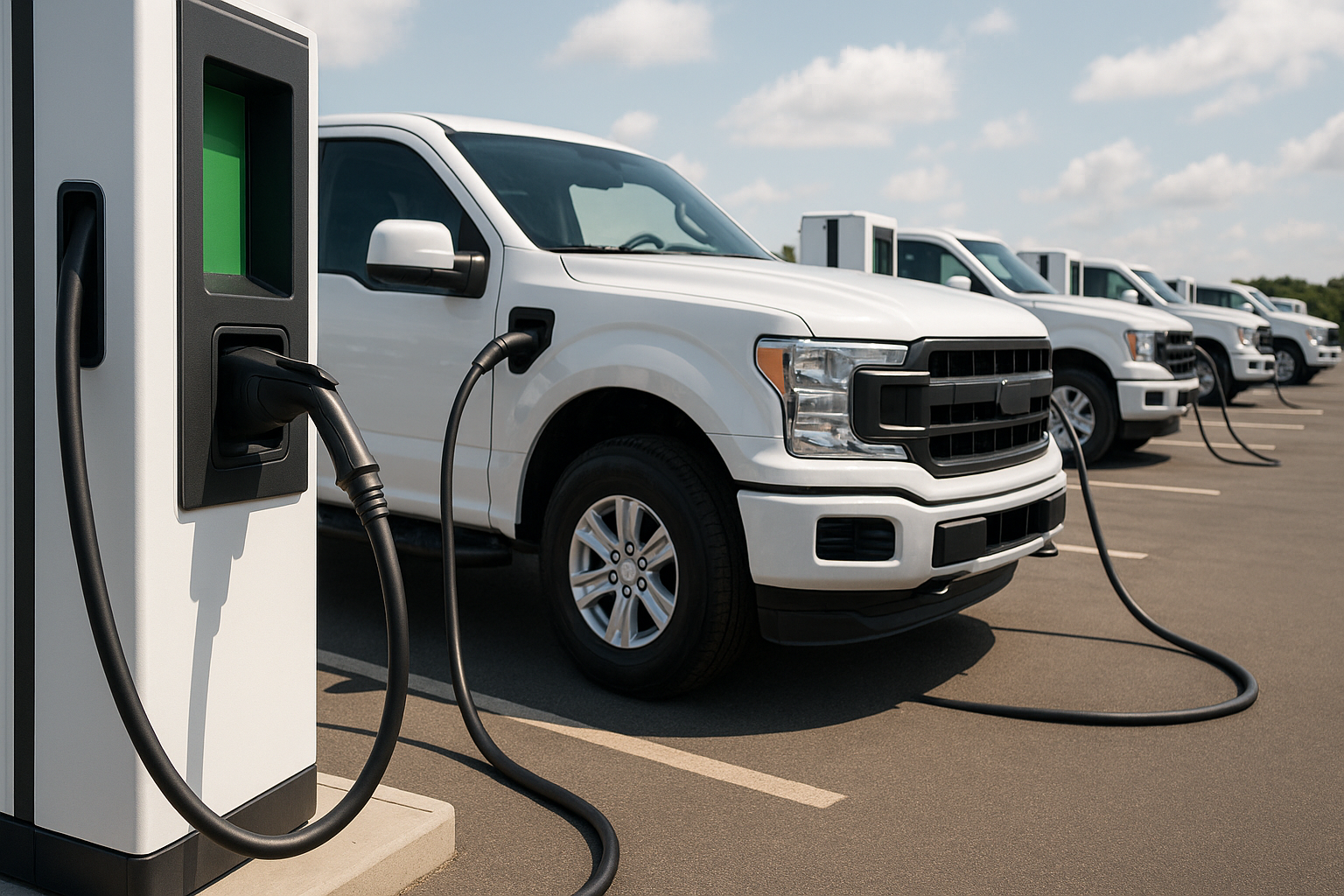How the Build Back Better Bill is a Win for the Electric Vehicle Industry

On August 5, President Biden signed the Executive Order on Strengthening American Leadership in Clean Cars and Trucks, whose goal is for EVs to make up half of the cars and trucks that are sold in the U.S. by the year 2030. Furthermore the Senate Democrats passed their first procedural vote on the Inflation Reduction Act on Saturday. An act that would enable the federal government to spend $369 billion over ten years promoting sustainable energy technologies.
The act could grant American consumers with credit of up to $12,500 if they buy an electric vehicle. Additionally, the law would encourage the construction of more public electric vehicle charging stations. This is great news for clean transportation and a boost for the EV charging industry. As per a Democratic aide, the majority of the boost would be accomplished by clean energy tax credits. The bill includes the following:
- The maintenance of the current tax incentives for electric vehicles—up to $4,000 for a used EV and $7,500 for a new EV, as well as a 10 year extension for that same tax credit.
- A lower income level for those eligible to use the tax credits.
- There are no domestic content requirements for the commercial clean vehicle credits.
- For electrical vehicles businesses, the Credit for Qualified Commercial Clean Vehicles subsidizes purchases of medium- and heavy-duty EVs up to the incremental cost of the vehicle, or 15% of the purchase price.
The Inflation Reduction Act consumer rebates and credits will result in annual energy cost savings for hundreds of dollars. These steps also include:
- The enhancing and expanding the current home energy and efficiency tax credits
- The development of a brand-new refund program with an emphasis on electrification.
- The framework’s electric vehicle tax credit whose impact will lower the cost of electric vehicles .
This framework will also provide funding for port electrification, enable the use of cleaner trucks, buses, and transit, and support crucial community capacity building, including grants for groups involved in environmental justice.
Net Zero Emissions by 2050 Scenario predicts that the global EV stock will reach 350 million EVs and its share will climb up to 20% in 2030. An EV costs approximately $1/gallon to operate, which is significantly less expensive than a car powered by an internal combustion engine. With this incentive, Americans will be able to afford clean cars as the standard option.
What this means for eDRV
The electric vehicle industry has proved to be resilient and outgrowing despite the current economic slowdowns. We believe that this framework of incentives will continue to foster the development of the current demand for EV’s as well as strengthen its commercial demand. eDRV has always believed and supported the vision of the clean energy industry as we have previously envisaged this period of development and innovation.
We're thrilled to be part of this breakthrough industry as we are already collaborating with network operators all across the United States as well as the rest of the world. Our compromise is to provide the necessary technology for enterprises that provide electrical vehicle charging solutions as well as to expand the reach of EV charging connectivity across the globe. Find out more on how eDRV’s is enhancing the future of electrical vehicles by smart charging.


.png)

.jpg)


